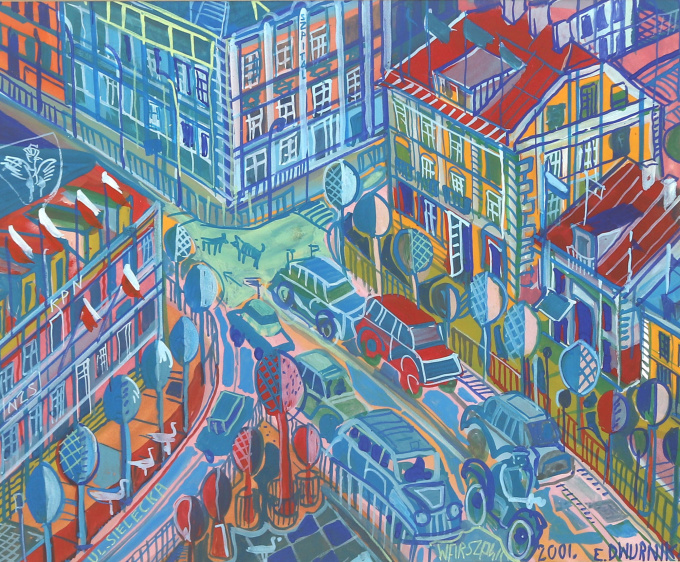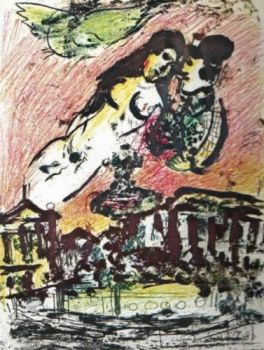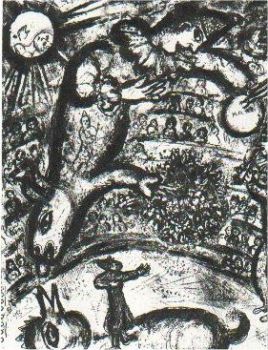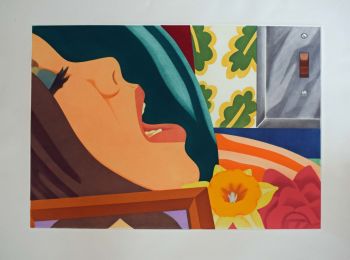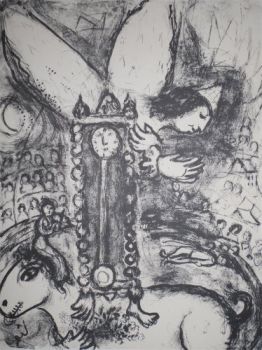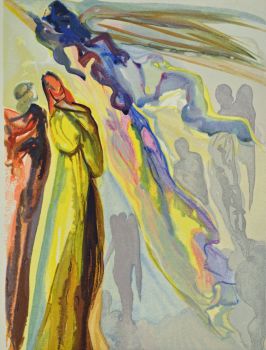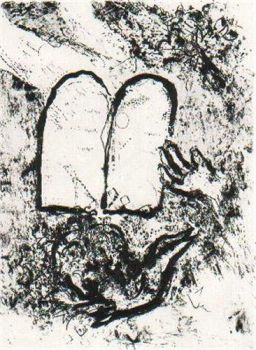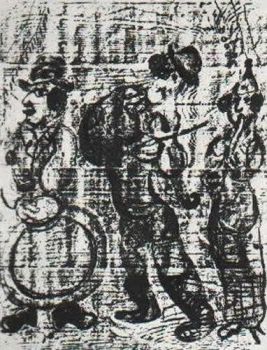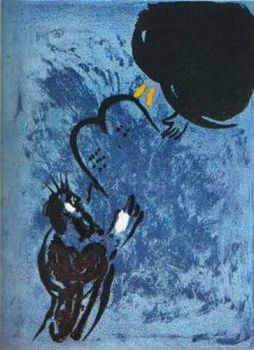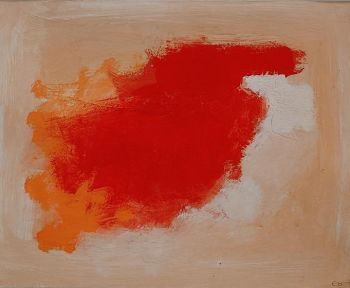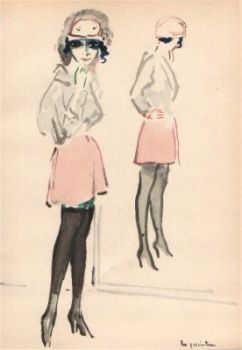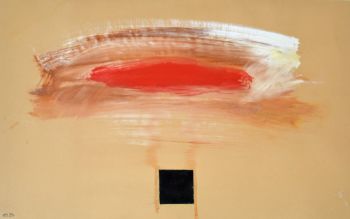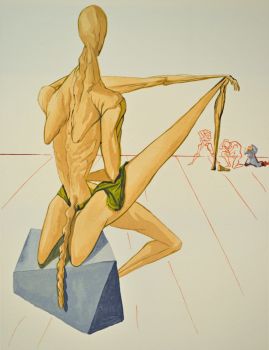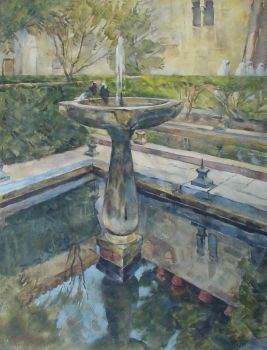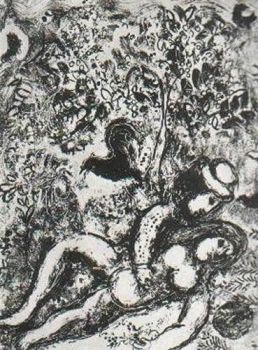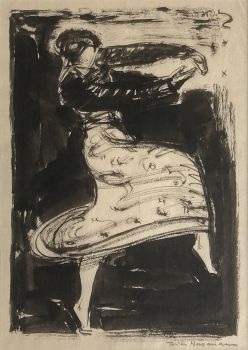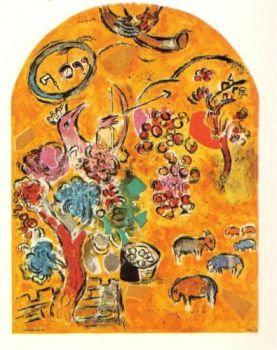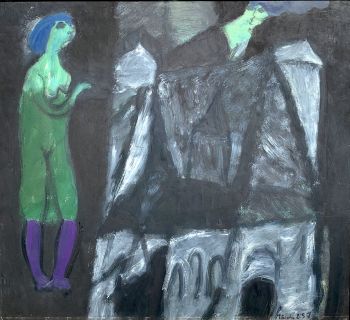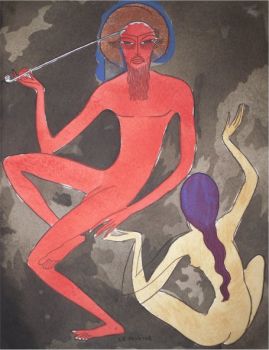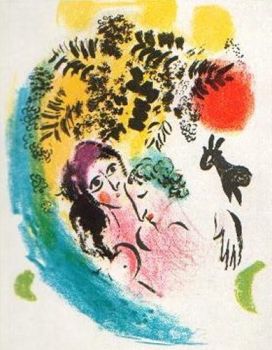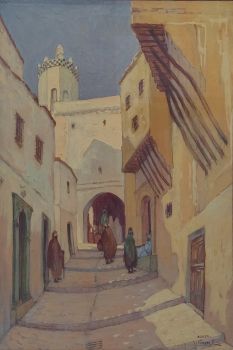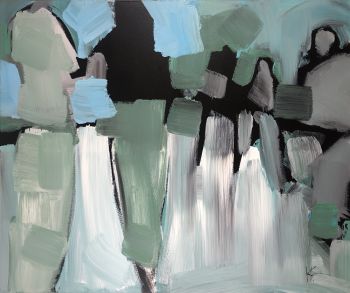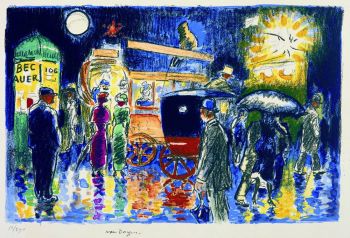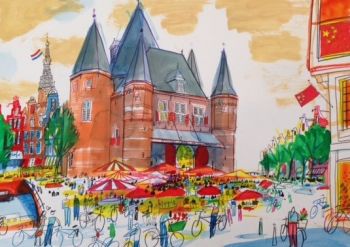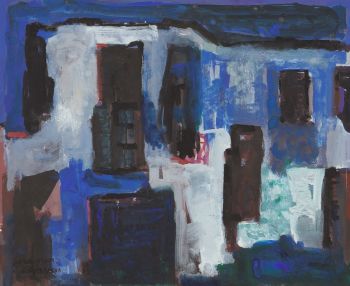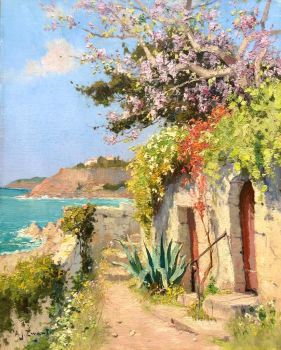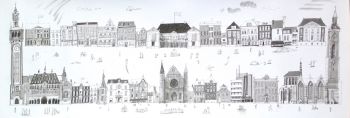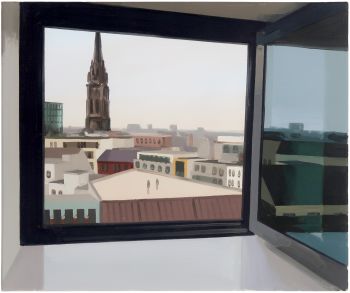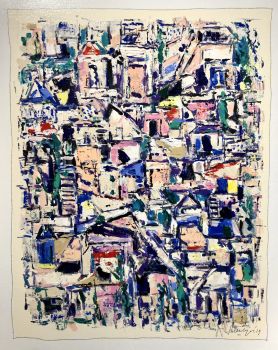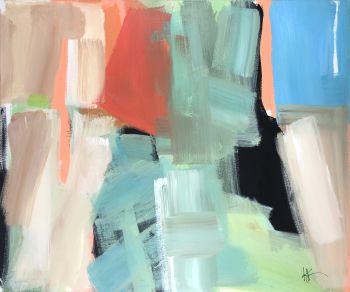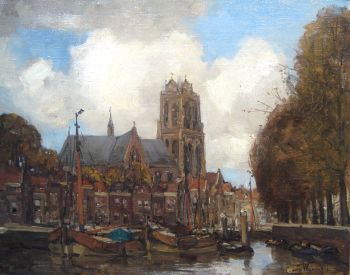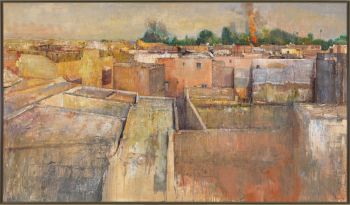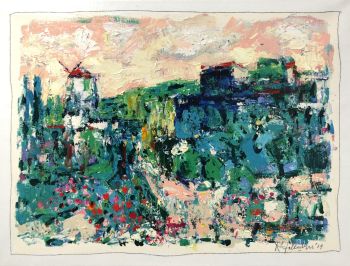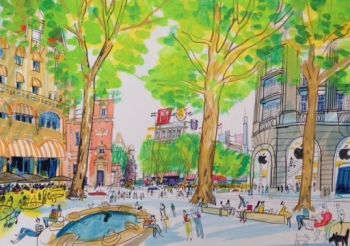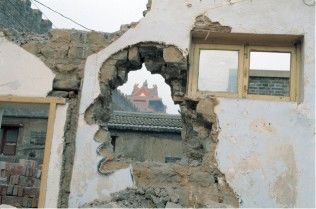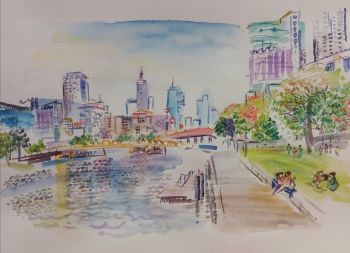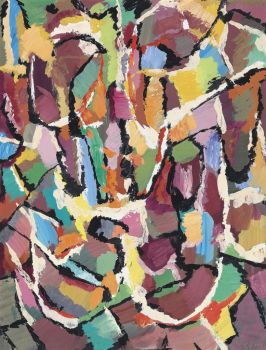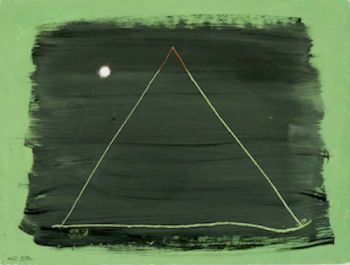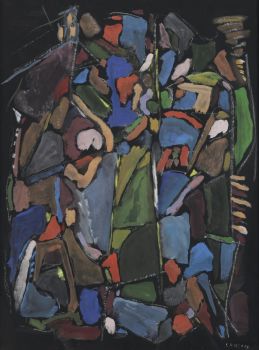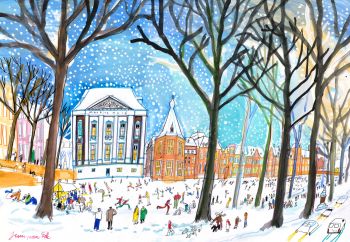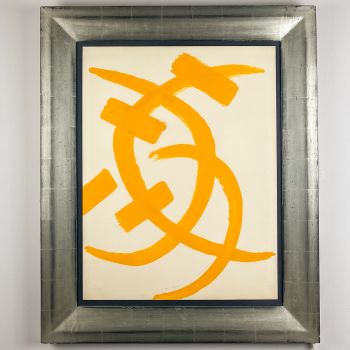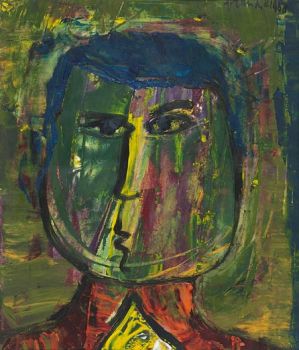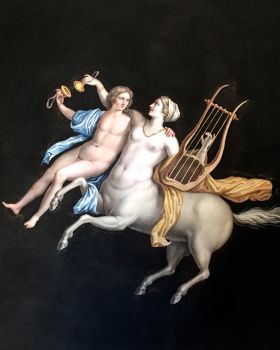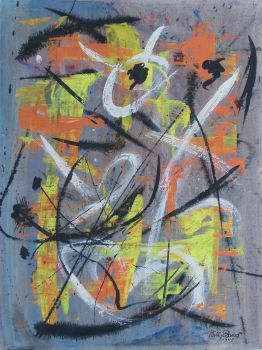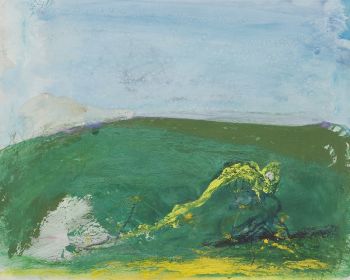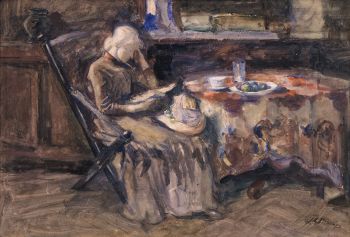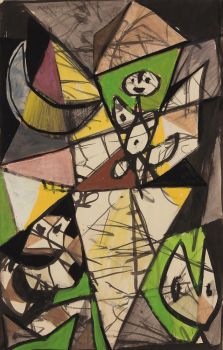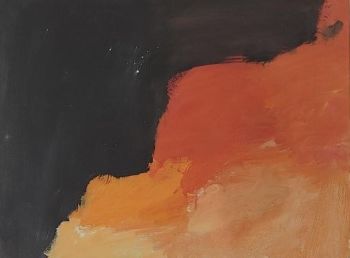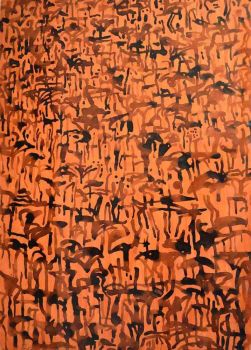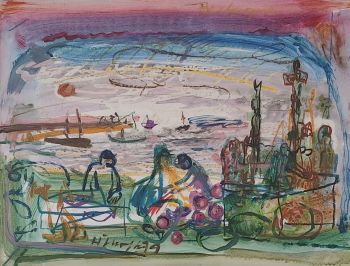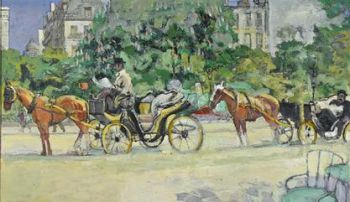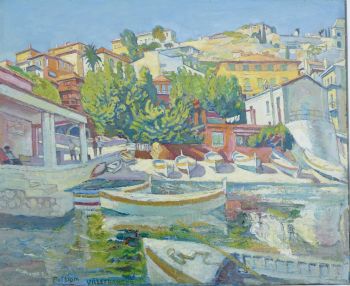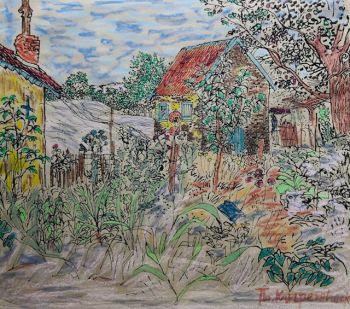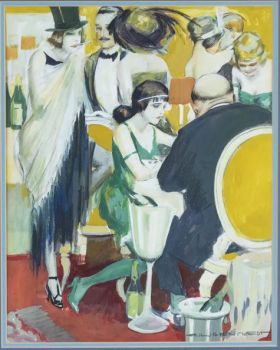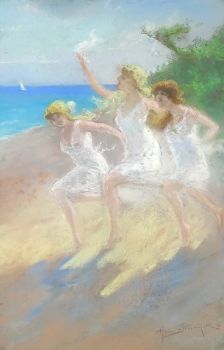Cityview of Warsaw 1943 - 2018
Edward E.D. Dwurnik
GouachePaint
43 ⨯ 53 cm
ConditionExcellent
€ 3.700
Lyklema Fine Art
- About the artworkSigned and dated 2001 l.r.
Gouache
Image size 43,5 x 53 cm
Prize including resale right
Provenance: Milano Galeria Sztuki, Warsaw
Biography Edward Dwurnik (1943-2018)
Edward Dwurnik (Radzymin 1943-2018 Warsaw) studied painting, graphics, and sculpture at the Academy of Fine Arts in Warsaw, where he graduated from the painting studio of Professor Eugeniusz Eibisch. In 1965, influenced by the exhibition of the naïve painter Nikifor Krynicki, he assumed a similar style in painting, which he later modified and developed. He made 8000 pieces of art. His first artworks date back to 1966, which was his oldest and most recognisable painting series. Important series include bird’s-eye view of cityscapes, Sportsmen & Labourers. - About the artist
Edward Dwurnik is one of the most famous and recognizable Polish visual artists.
He was born on 19 April 1943 in Radzymin near Warsaw. In 1963–1970, he studied painting, graphics, and sculpture at the Academy of Fine Arts in Warsaw, where he graduated from the painting studio of Professor Eugeniusz Eibisch. In 1965, influenced by the exhibition of the naïve painter Nikifor Krynicki, he assumed a similar style in painting, which he later modified and developed.
Dwurnik created extensive painting series. He was a tremendously prolific artist. If we take into account his works on canvas only, his body of work includes over 8000 pieces. His first artworks date back to 1966, which was his oldest and most recognisable painting series, Podróże autostopem (Hitchhiking), a bird’s-eye view of cityscapes. Other important series include Sportowcy (Sportsmen), which is a caricatural and brutal image of Poles in the communist era, and Robotnicy (Labourers), a portrait of Poland fighting the communist oppressor. In this series from the 1980s, Dwurnik’s painting became expressive, dramatic, and politically engaged.
His next series were similar, suffice it to consider Droga na wschód (The Way to the East; 1989–1991) that commemorates the victims of Stalinism or Od grudnia do czerwca 1990-1994 (From December to June 1990–1994), which commemorates the victims of Poland’s martial law period (1981–1983). In the 1990s, Dwurnik painted a series that developed upon his Podróże autostopem—Niebieskie miasta (Blue Cities) and Diagonale (Diagonals)—but also completely new series like Błękitne (Blue), Niech żyje wojna! (Long Live the War!), and Wyliczanka (Counting). In the mid-2000s, Dwurnik started working on the abstract series Dwudziesty Piąty (The Twenty-Fifth), which he continued along other themes until the end of his life.
Edward Dwurnik died on 28 October 2018 at his home in Warsaw. The artist’s funeral took place on 5 November 2018. He is buried in Aleja Zasłużonych at the Powązki Military Cemetery next to the musician Tomasz Stańko, whose music Dwurnik greatly appreciated.
During his lifetime, Edward Dwurnik participated in many prestigious exhibitions of contemporary art, including documenta 7 in Kassel in 1982, the Biennale of Sydney in 1984, and Biennale de Paris in 1985. His works can be found in many institutional collections, including the Van Abbemuseum in Eindhoven, the Museum Ludwig in Cologne, the Staatliche Kunstsammlungen Dresden in Dresden, the Schaulager in Basel, the Zachęta National Gallery of Art in Warsaw, the National Museum in Warsaw, the National Museum in Krakow, the National Museum in Poznań, and many others.
Are you interested in buying this artwork?
Artwork details
Related artworks
- 1 - 4 / 24
Jean-François Rauzier
Istanbul Veduta - Limited edition of 8 2015 - 2024
Price on requestVilla del Arte Galleries
1 - 4 / 24- 1 - 4 / 24
- 1 - 4 / 12

